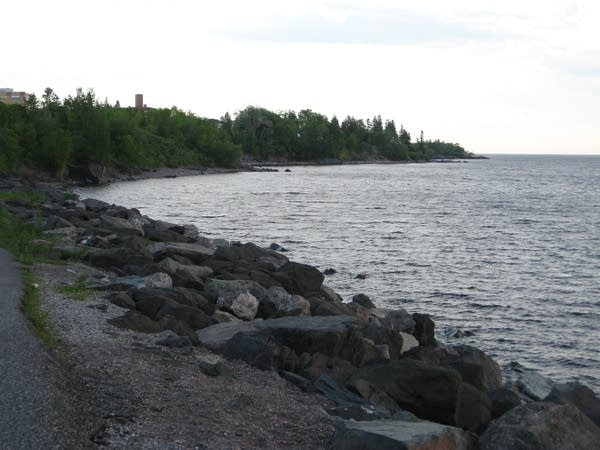U of M researchers report threats to Minnesota's environment
Go Deeper.
Create an account or log in to save stories.
Like this?
Thanks for liking this story! We have added it to a list of your favorite stories.

It's called the Minnesota Statewide Conservation and Preservation Plan, and it's the first time this has been done: more than 100 scientists from different fields worked together to create an overall assessment of the state's environment, followed by about 60 recommendations on how to protect and restore it.
The main problem with current environmental protection is that it's done from bureaucratic silos, with people concentrating on land or water or air, according to Deb Swackhamer supervised production of the plan. She's interim director of the University's Institute on the Environment.
"What this plan takes us to the next level is to have an integrated approach to managing multiple resources at once, so you don't have policies that protect water but hurt the land, or protect land and hurt the water, that we have policies and strategies for managing in an integrated fashion."
So, one of the chief recommendations is that different agencies and different levels of government should work more cooperatively with each other.
Turn Up Your Support
MPR News helps you turn down the noise and build shared understanding. Turn up your support for this public resource and keep trusted journalism accessible to all.
The plan identifies parts of the state that urgently need protection and restoration -- such as the native prairie, old-growth forest, and areas that link large, intact ecosystems.
It points out some disturbing implications of climate change.
In 50 years, the Boundary Waters Canoe Area Wilderness will feel more like Iowa, says Anne Kapuscinski, who directs the University's Institute for Social, Economic, and Ecological Sustainability. Climate change models show Minnesota will lose its boreal forest and that raises tough questions, she says.
"If we leave it alone, there's the risk that it would become somewhat degraded grassland with a lot of invasive species. Should we be instead trying to think of helping it become more desirable kind of savannah, or a different kind of forest but one that can tolerate warmer temperatures?"
The plan alternates between that kind of almost philosophical, nearly imponderable question, and smaller-scale advice, like put more land in conservation reserve because it'll protect water quality and provide habitat; make biofuels from perennial grasses and waste materials instead of corn, and get people to drive less by building compact, multi-use developments.
That's something John Shardlow knows about. He works for Bonestroo, a St. Paul-based consulting firm and one of the partners in preparing the report. People want to protect the environment, he says.
"Certainly there are people who are concerned about gas prices, and their instant reaction is to hear some quick fix to that, like let's drill for more. But my experience with people coming to community meetings -- we're currently assisting 19 cities in the Twin Cities metropolitan area -- I think we're beyond tipping point, where people realize that we have to do more, and we have to do better."
The report doesn't talk enough about the changes all of us will need to make in an environment facing so many challenges, says one member of the LCCMR, Jeff Broberg, a geologist from Rochester.
"The agricultural community needs to refocus on those conservation efforts instead of maximal profit. The development community needs to find a better way to create liveable, walkable communities that take care of their own wastewater, and their own energy uses. It's going to be a big change."
All this is going to cost more money. The LCCMR invests about $23 million a year from lottery proceeds for environmental projects. The Minnesota Department of Natural Resources says it will use the report as a rough framework as it plans for its budget. The plan doesn't quantify how much more the state should invest for the environment, but it points out many areas where investment is needed.




